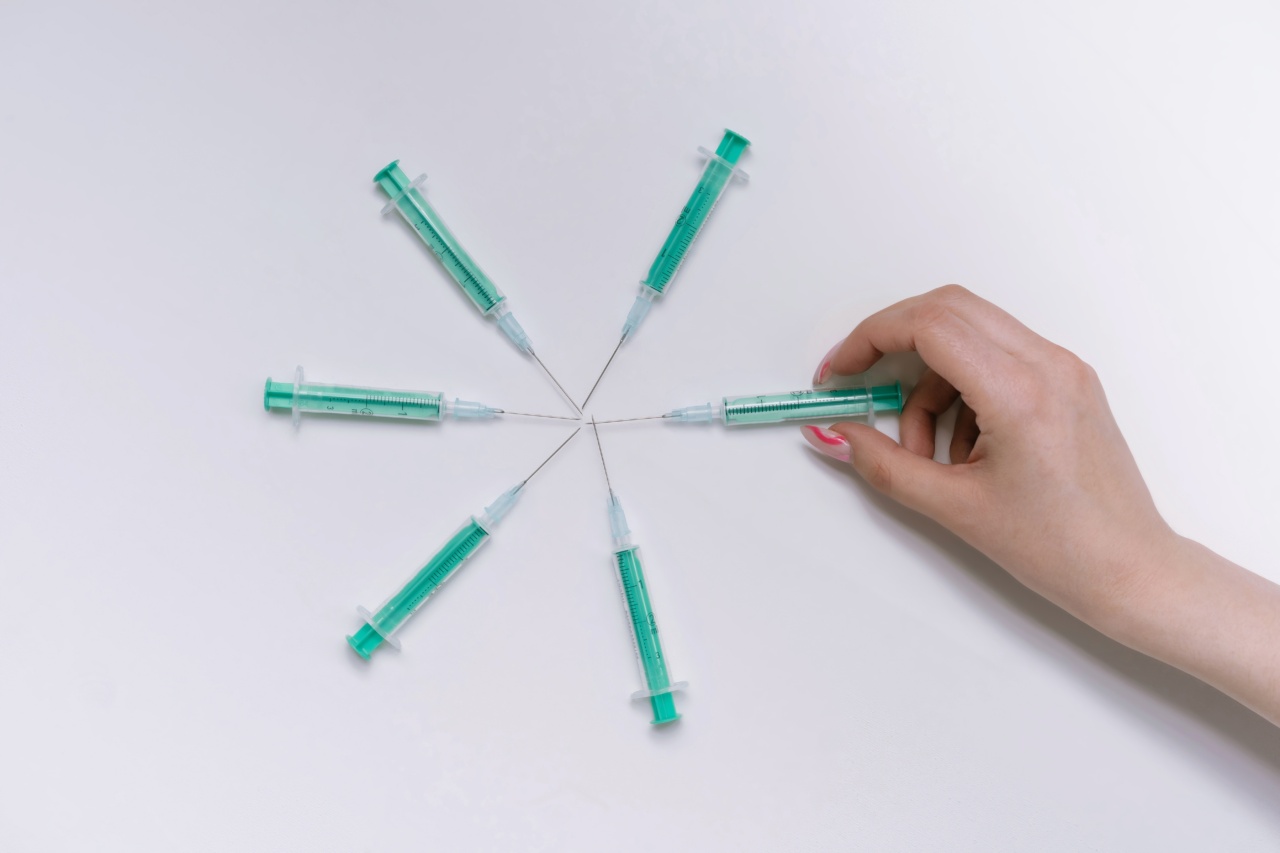Diabetes is a chronic metabolic disorder characterized by high blood sugar levels due to either insufficient insulin production or insulin resistance.
Glycosylated hemoglobin (HbA1c) is a marker used to determine blood sugar control over the past 2-3 months and is vital in the management of diabetes.
What is HbA1c?
Glycosylated hemoglobin, also known as HbA1c, is a form of hemoglobin that is attached to glucose in the blood. Hemoglobin is a protein found in red blood cells that carries oxygen throughout the body.
When glucose levels in the blood are high, glucose molecules attach to hemoglobin molecules to form HbA1c. The higher the blood glucose levels, the more HbA1c will be present.
HbA1c levels are measured as a percentage of the total hemoglobin in the blood. The American Diabetes Association recommends an HbA1c goal of less than 7% for most people with diabetes.
Maintaining HbA1c levels within the recommended range can help prevent diabetes complications such as kidney disease, cardiovascular disease, and nerve damage.
Why is HbA1c important?
HbA1c is an important tool in the management of diabetes. Unlike blood glucose tests, which measure the current blood glucose level, HbA1c reflects blood sugar control over the past 2-3 months.
This means that even if blood glucose levels fluctuate throughout the day, HbA1c can give an overall picture of how well blood sugar is being controlled.
By tracking HbA1c levels over time, healthcare providers can determine if diabetes therapy needs to be adjusted.
If HbA1c levels are consistently above the target range, changes in medication, diet, or physical activity may be needed to improve blood sugar control. Regular monitoring of HbA1c levels can help prevent diabetes complications and improve overall health.
How is HbA1c measured?
HbA1c levels are measured through a blood test that is usually taken in a healthcare provider’s office. The test is simple, and no preparation is required.
A small amount of blood is drawn from a vein in the arm, and the HbA1c level is measured in a laboratory.
Results of the HbA1c test are typically available within a few days. If HbA1c levels are higher than the target range, healthcare providers may recommend more frequent testing or changes in therapy to improve blood sugar control.
Factors that can affect HbA1c levels
HbA1c levels can be affected by a number of factors, including:.
- Blood loss or anemia
- Kidney disease
- Liver disease
- Vitamin deficiencies
- Pregnancy
- Sickle cell disease
- Recent changes in medication or therapy
In addition, certain medical conditions or medications can interfere with the accuracy of the HbA1c test. Patients should discuss any concerns or questions about HbA1c testing with their healthcare provider.
How to lower HbA1c levels
Lowering HbA1c levels requires a combination of medication, diet, and physical activity. Healthcare providers may recommend a combination of different therapies to achieve target HbA1c levels.
Medications used to lower blood glucose levels include insulin and oral medications such as metformin, sulfonylureas, and DPP-4 inhibitors.
Healthcare providers may recommend lifestyle changes, including a healthy diet and regular exercise, to help lower HbA1c levels.
A healthy diet for diabetes includes a balance of carbohydrates, protein, and healthy fats. Carbohydrates are the macronutrient that most directly affects blood glucose levels, so balancing carbohydrate intake is a critical step in managing diabetes.
Patients should work with their healthcare provider or a registered dietitian to develop a meal plan that meets their individual needs and preferences.
Physical activity is also important in managing diabetes. Exercise can help lower blood glucose levels, improve insulin sensitivity, and reduce the risk of diabetes complications such as heart disease and nerve damage.
Patients should aim for at least 150 minutes of moderate-intensity aerobic exercise per week, as well as resistance training at least two days per week.
The Bottom Line
HbA1c is a vital tool for managing diabetes and preventing complications. Regular monitoring of HbA1c levels can help healthcare providers adjust therapy for optimal blood sugar control.
Patients can improve their HbA1c levels through a combination of medication, diet, and physical activity.






























